Undulating roof defines organic-inspired Chinese arts centre
Beijing-based architect Zhu Pei is behind the Yang Liping Performing Arts Center in Dali, a cultural hub defined by its sculptural, undulating roof
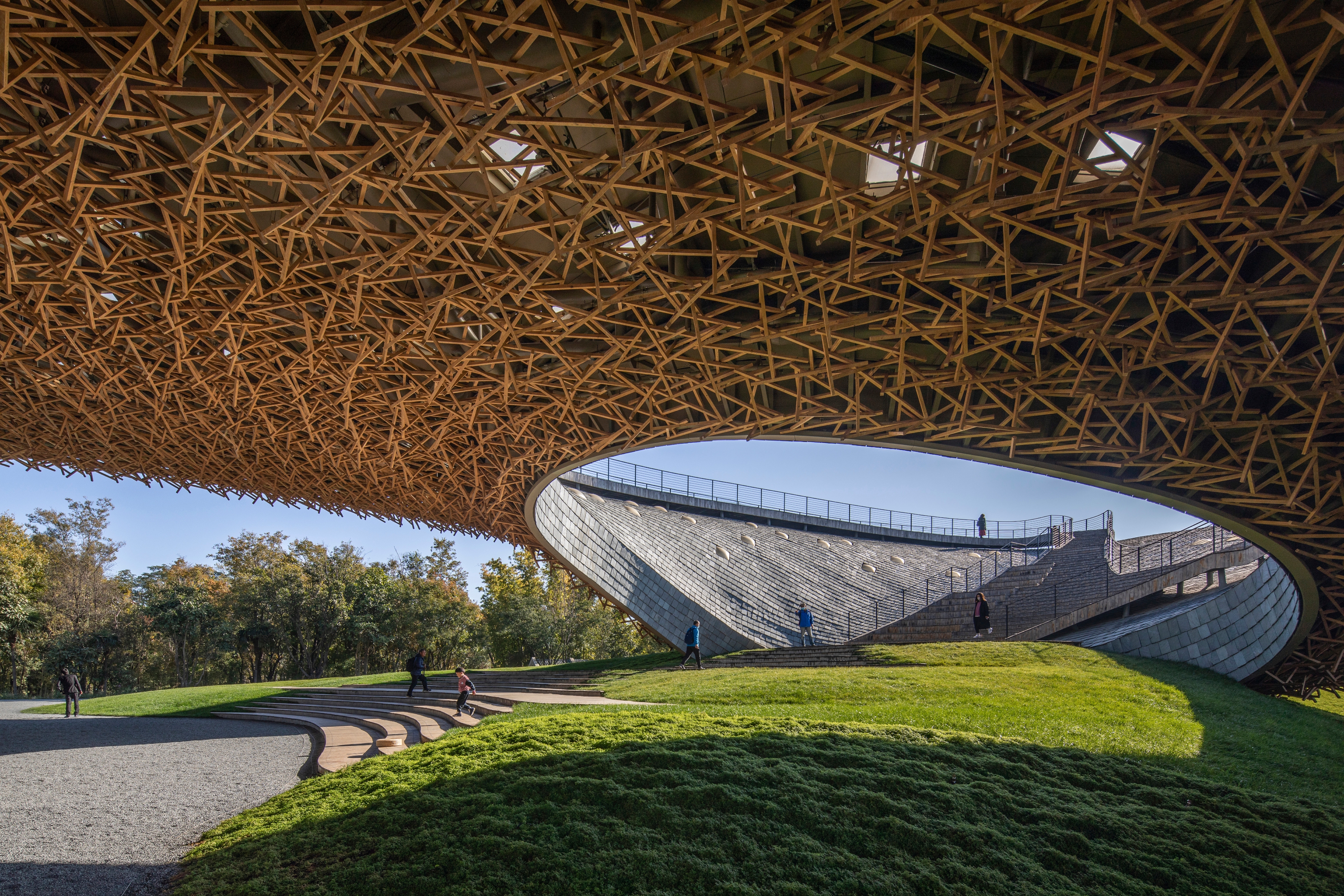
Jin Weiqi - Photography
The dramatic, undulating roof of the Yang Liping Performing Arts Center in Dali is set to become a new urban landmark for the southern Chinese city. Dominated by a cloud-like wood mesh ceiling structure, the free-flowing design was inspired by the setting’s powerful natural backdrop, says its creator, internationally acclaimed Chinese architect Zhu Pei.
Set within a breathtaking landscape dominated by the Cang mountain chain, Lake Erhai and historic architecture, Dali is a popular tourist spot. This centre was conceived as a key cultural hub for the city, and its sculptural form nods to its surroundings. Flowing indoor and outdoor spaces are created by the formations of its defining roof, which mimics the swells and valleys of the terrain around it. The roof cantilevers over a plaza and touches the ground, inviting visitors up to an accessible top via a wide wooden staircase. An open-air amphitheatre and several gathering spots are created through this dialogue between open and closed, building and nature.
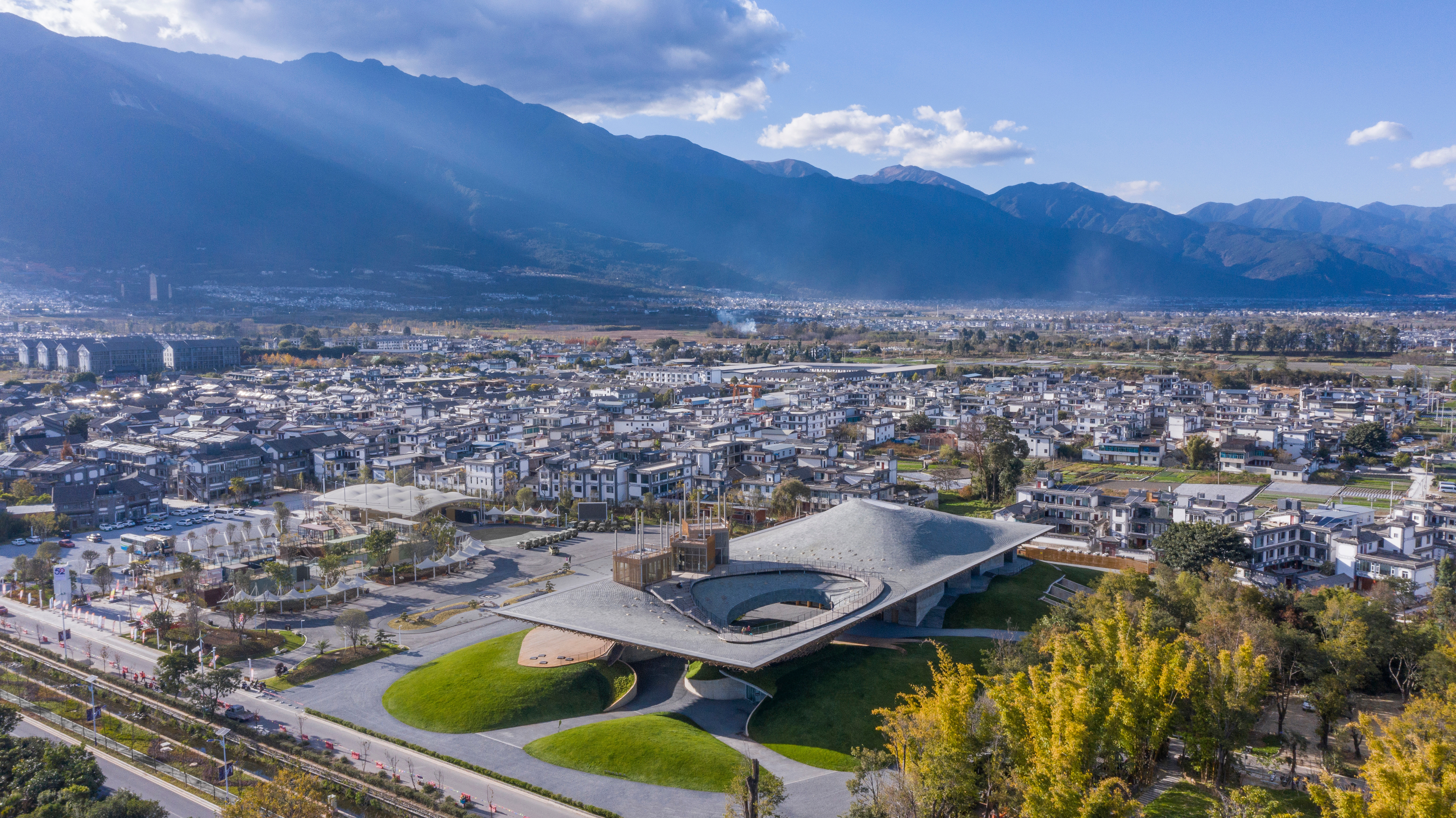
‘As with mountains and valleys, the strong shape of the roof reflects the more organic landscape below and points to the old Chinese principle of yin and yang, where two opposites combine together to form a whole,' say the architects.
The undulating roof structure moulds to host a main theatre, the amphitheatre, rehearsal and multi-function areas and offices. These are matched by a café and tea room, a restaurant and a design shop, which remain open to all – whether visitors are attending a performance or not.
Beijing-based Studio Zhu-Pei is no stranger to creating impactful public buildings. Founded in 2005, the practice was propelled to global prominence with the Digital Beijing Building, completed in 2007 and one of the landmark architecture pieces of the 2008 Beijing Olympics. Founder Zhu Pei, also a respected figure in architecture academia, has continued to develop the studio’s credentials in crafting thoughtful and eye-catching cultural works with a strong conceptual basis.
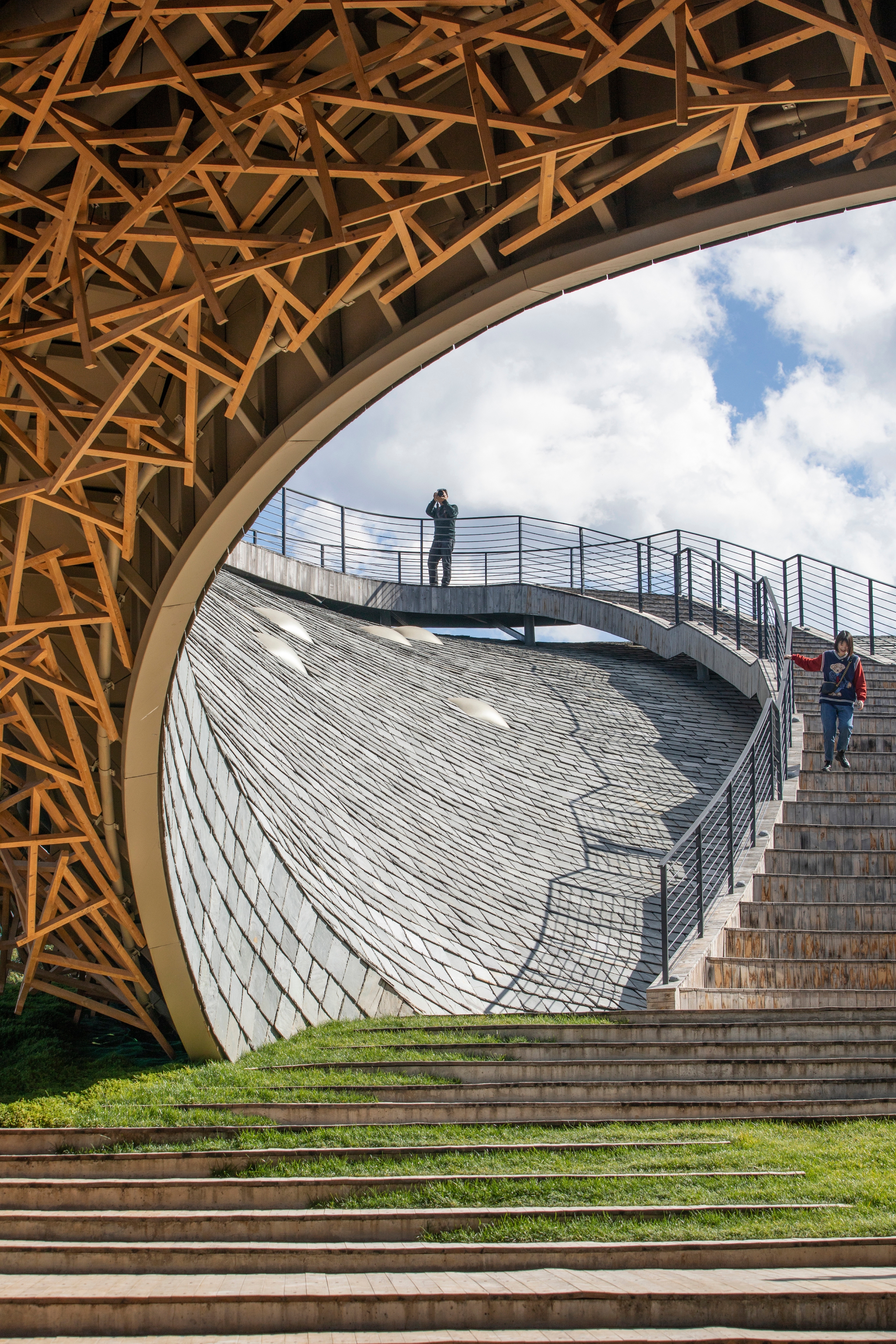
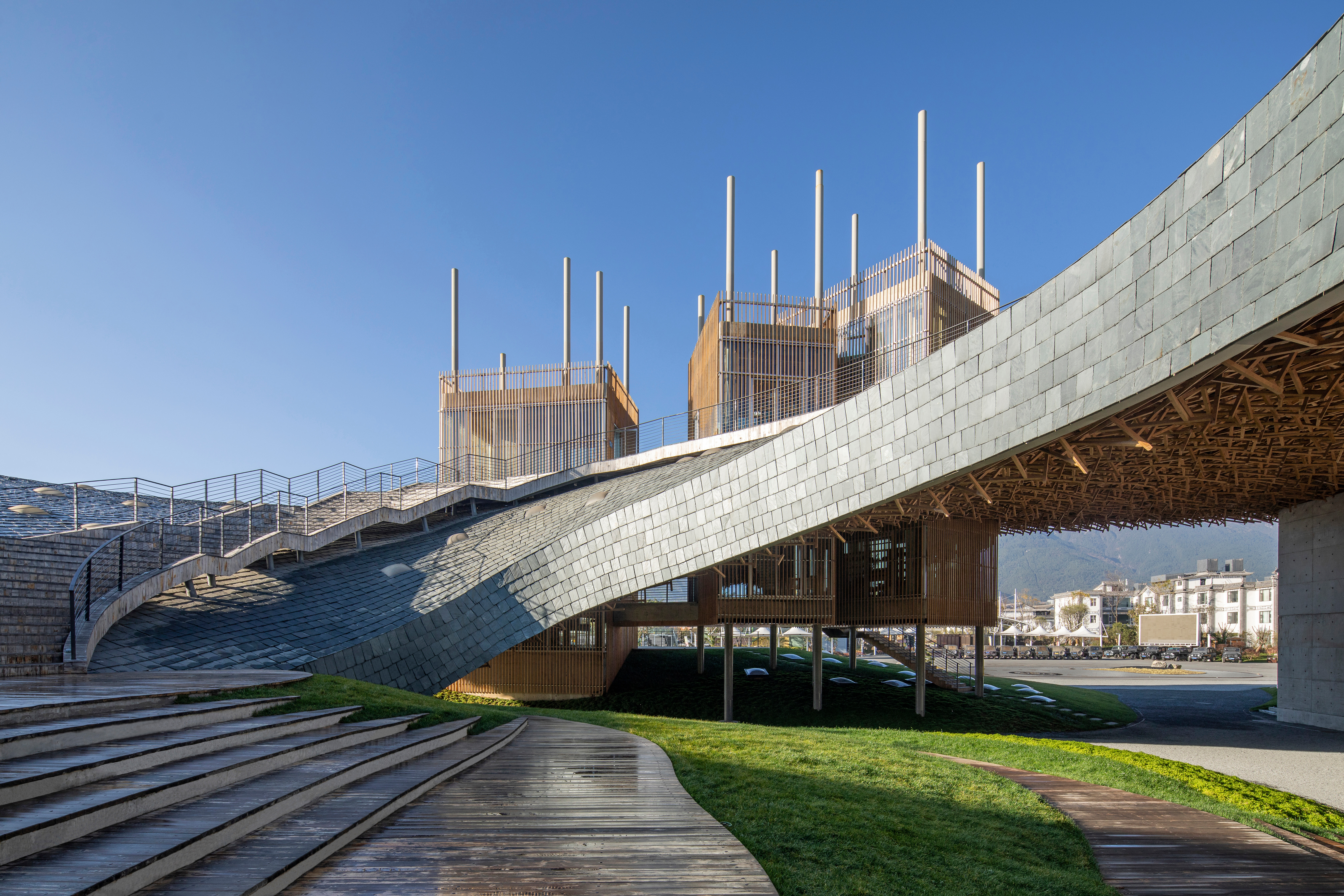
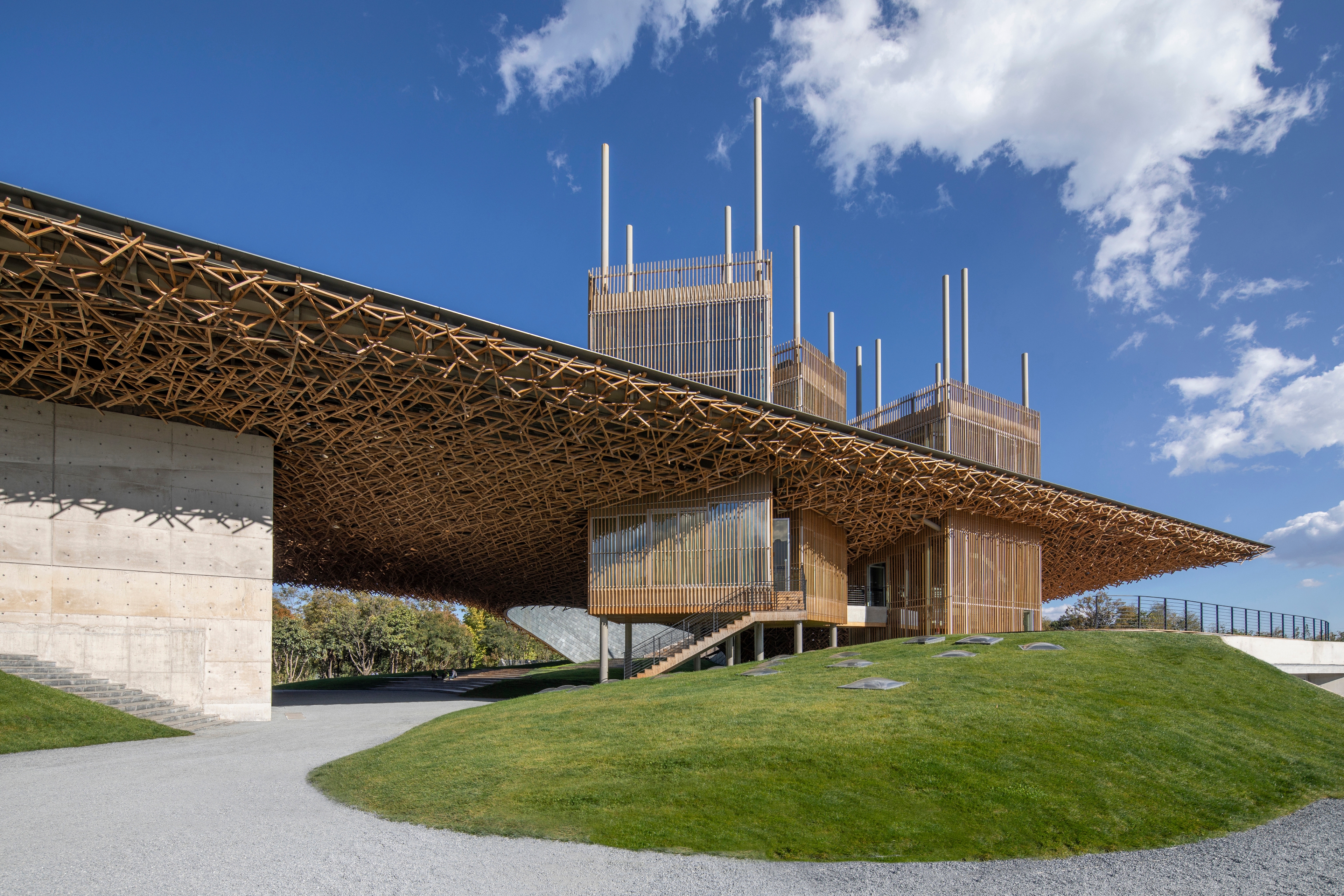
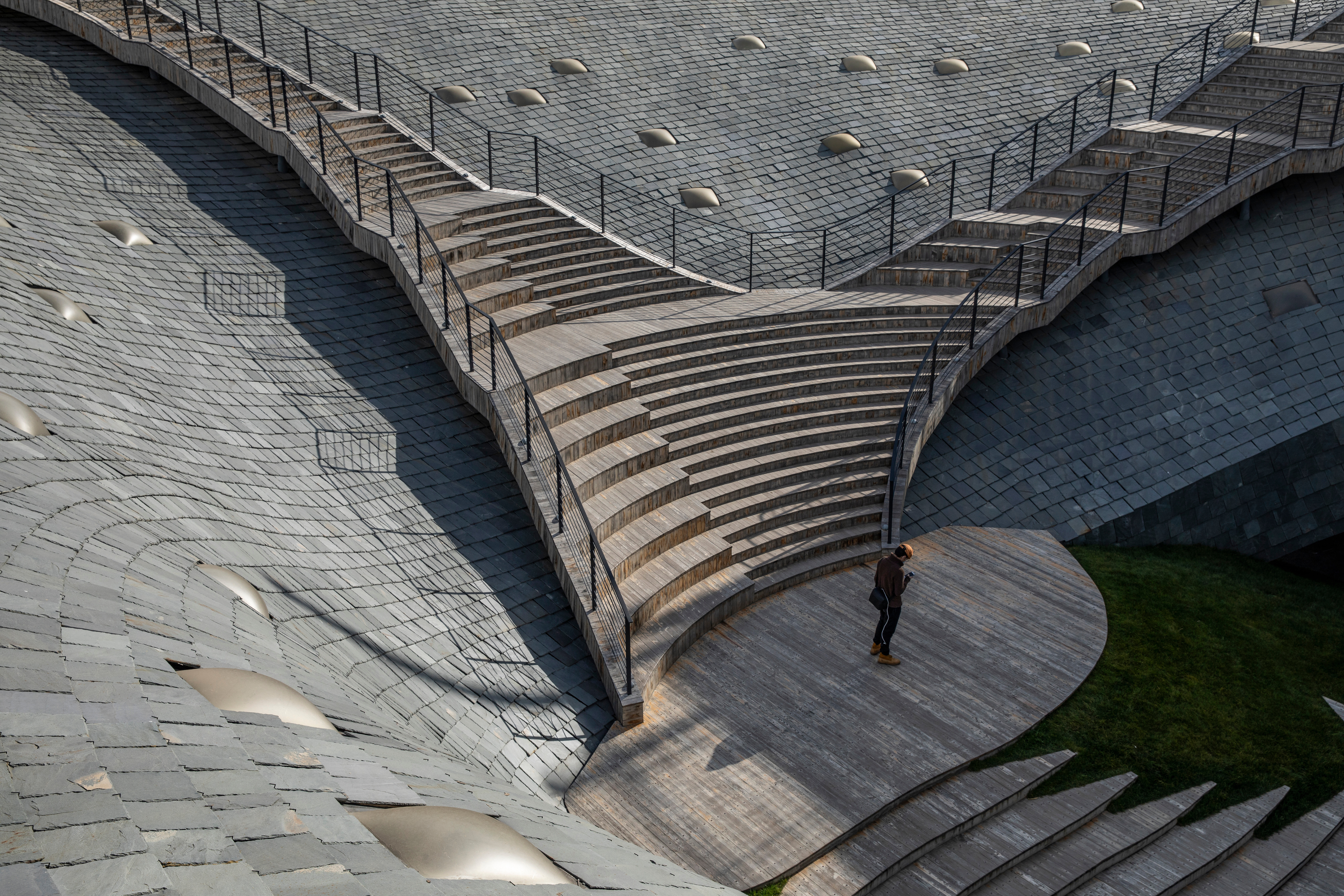

INFORMATION
Wallpaper* Newsletter
Receive our daily digest of inspiration, escapism and design stories from around the world direct to your inbox.
Ellie Stathaki is the Architecture & Environment Director at Wallpaper*. She trained as an architect at the Aristotle University of Thessaloniki in Greece and studied architectural history at the Bartlett in London. Now an established journalist, she has been a member of the Wallpaper* team since 2006, visiting buildings across the globe and interviewing leading architects such as Tadao Ando and Rem Koolhaas. Ellie has also taken part in judging panels, moderated events, curated shows and contributed in books, such as The Contemporary House (Thames & Hudson, 2018), Glenn Sestig Architecture Diary (2020) and House London (2022).
-
 Japan in Milan! See the highlights of Japanese design at Milan Design Week 2025
Japan in Milan! See the highlights of Japanese design at Milan Design Week 2025At Milan Design Week 2025 Japanese craftsmanship was a front runner with an array of projects in the spotlight. Here are some of our highlights
By Danielle Demetriou
-
 Tour the best contemporary tea houses around the world
Tour the best contemporary tea houses around the worldCelebrate the world’s most unique tea houses, from Melbourne to Stockholm, with a new book by Wallpaper’s Léa Teuscher
By Léa Teuscher
-
 ‘Humour is foundational’: artist Ella Kruglyanskaya on painting as a ‘highly questionable’ pursuit
‘Humour is foundational’: artist Ella Kruglyanskaya on painting as a ‘highly questionable’ pursuitElla Kruglyanskaya’s exhibition, ‘Shadows’ at Thomas Dane Gallery, is the first in a series of three this year, with openings in Basel and New York to follow
By Hannah Silver
-
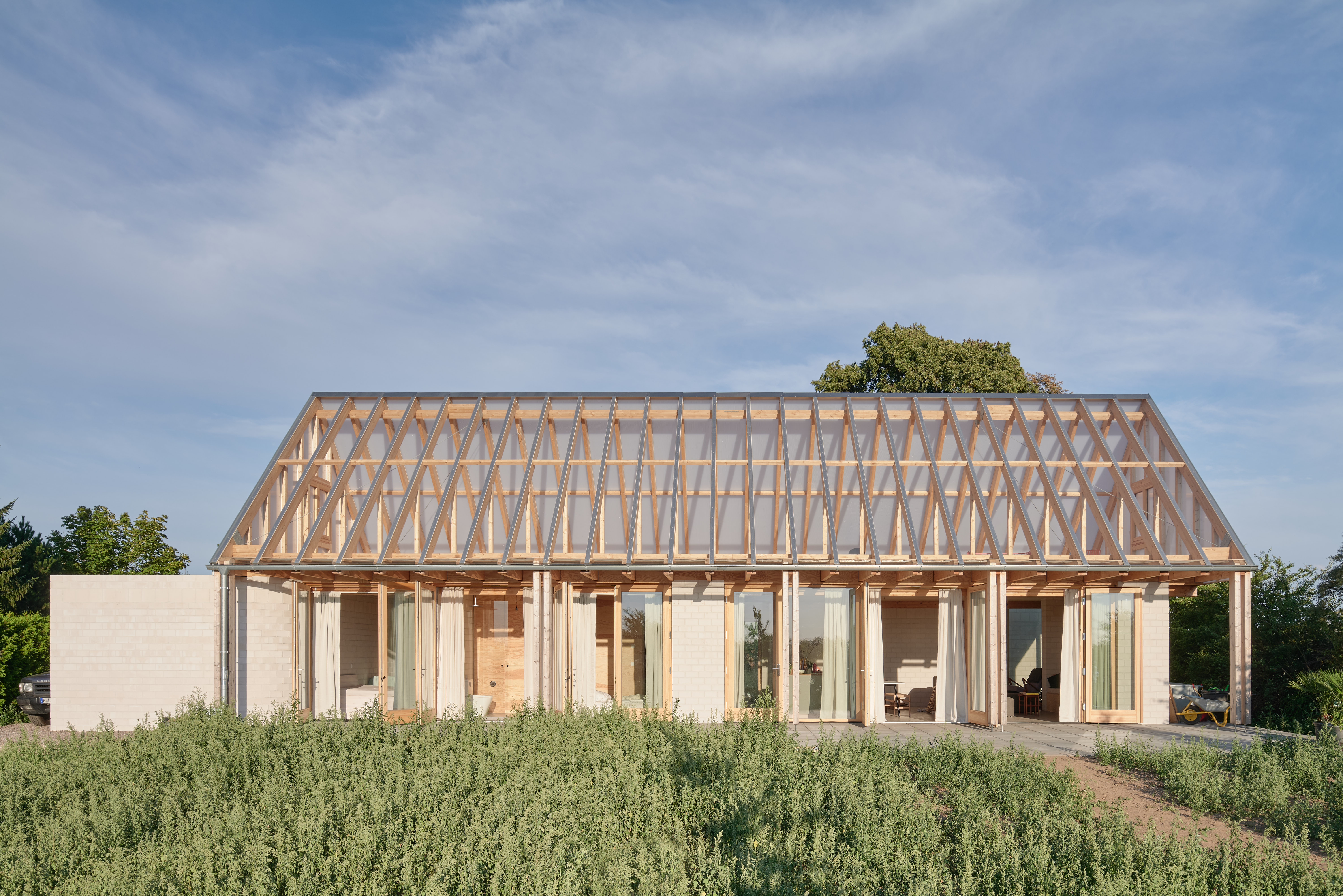 Playfully transparent roof defines German Glass House escape
Playfully transparent roof defines German Glass House escapeThe Glass House by Sigurd Larsen, set amid nature outside Berlin, is an unconventional country home with a distinctive transparent roof
By Ellie Stathaki
-
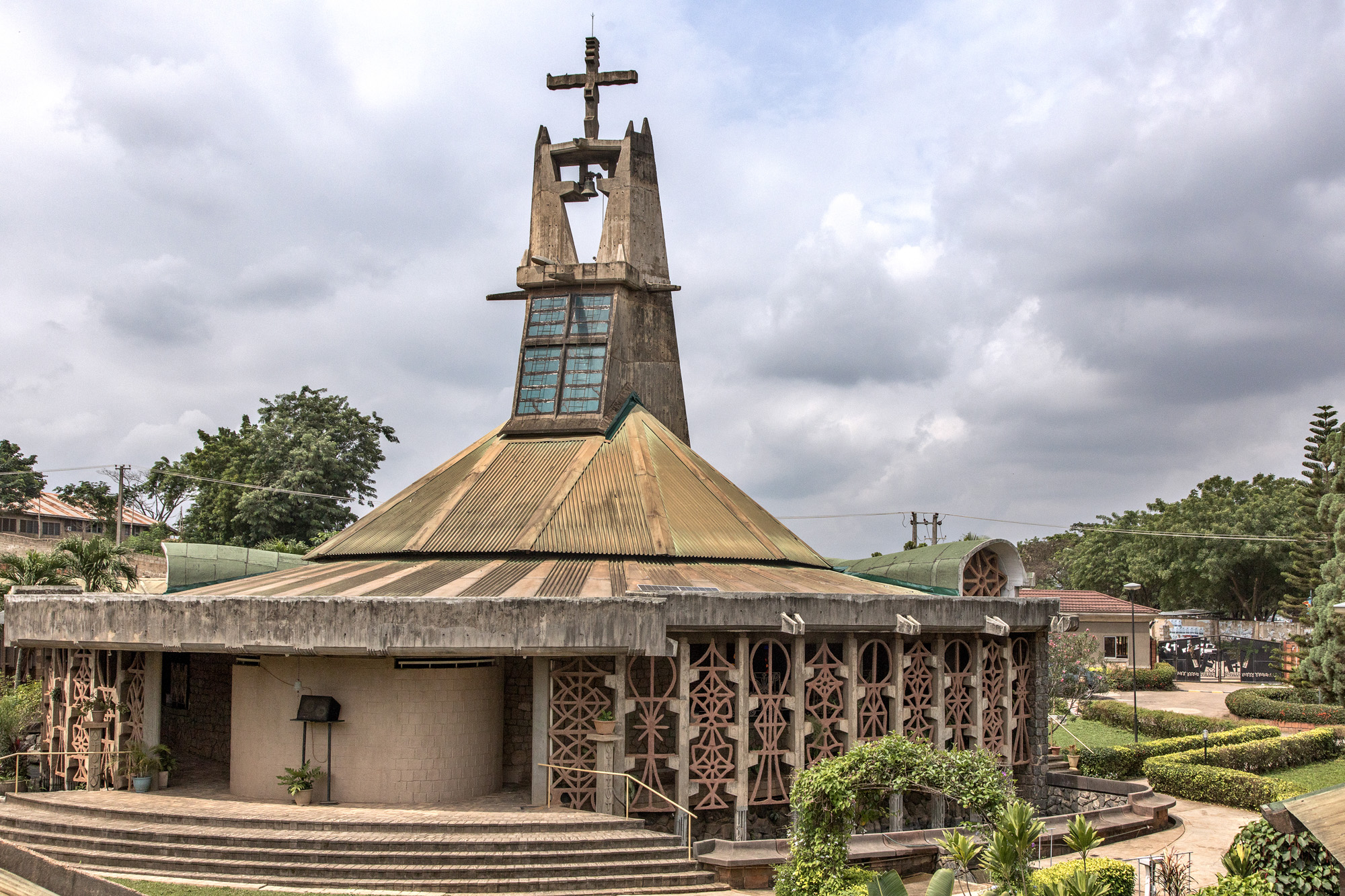 The pioneering architecture of Nigerian artist-designer Demas Nwoko
The pioneering architecture of Nigerian artist-designer Demas NwokoThe work of pioneering Nigerian artist-designer Demas Nwoko has stood the test of time; as he is awarded the Golden Lion for Lifetime Achievement at the Biennale Architettura 2023
By Ijeoma Ndukwe
-
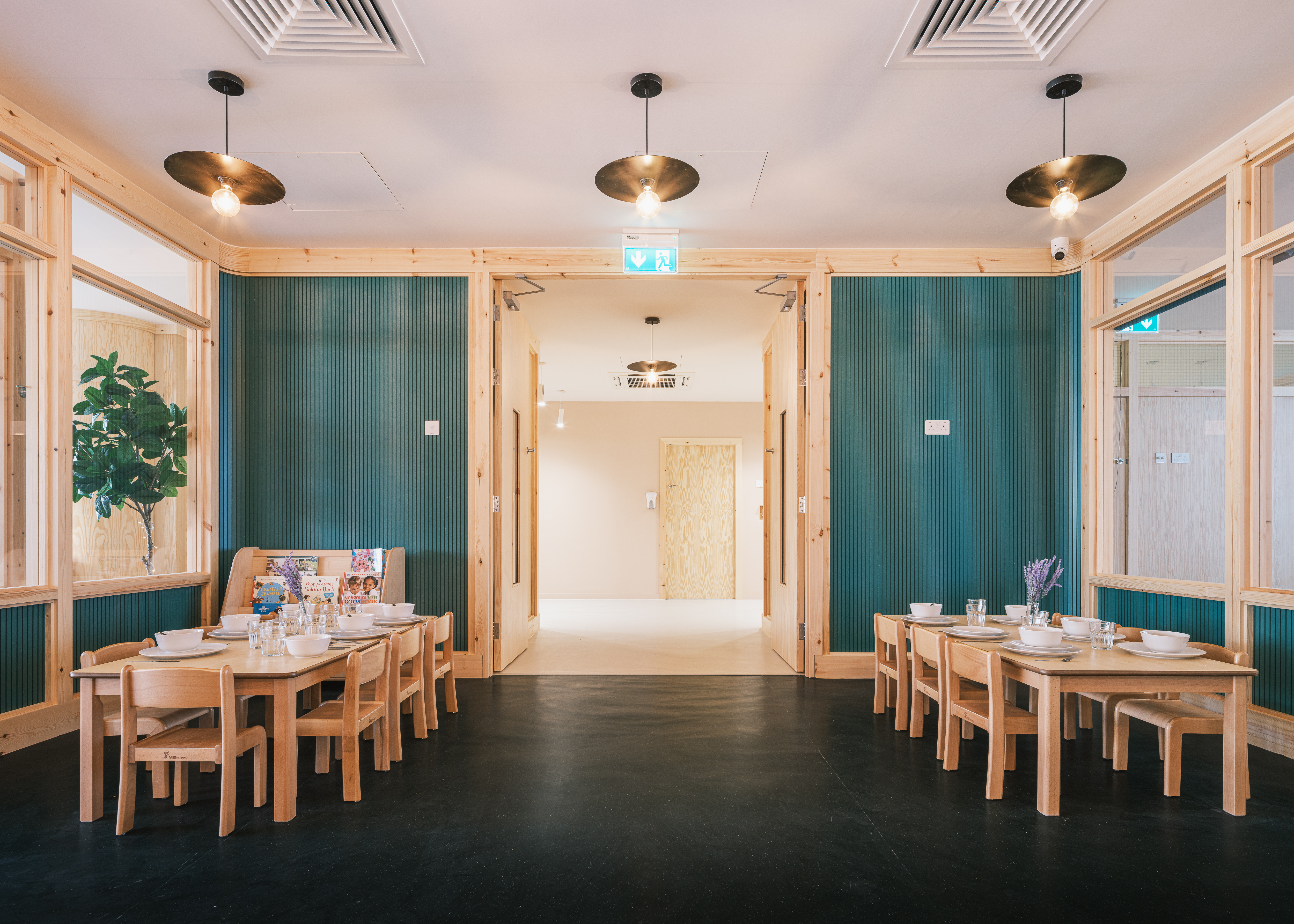 The Learning Tree nursery nurtures through sustainable architecture
The Learning Tree nursery nurtures through sustainable architectureThe Learning Tree, a Romford nursery by Delve Architects, uses natural materials and sustainable architecture principles to nurture young minds
By Ellie Stathaki
-
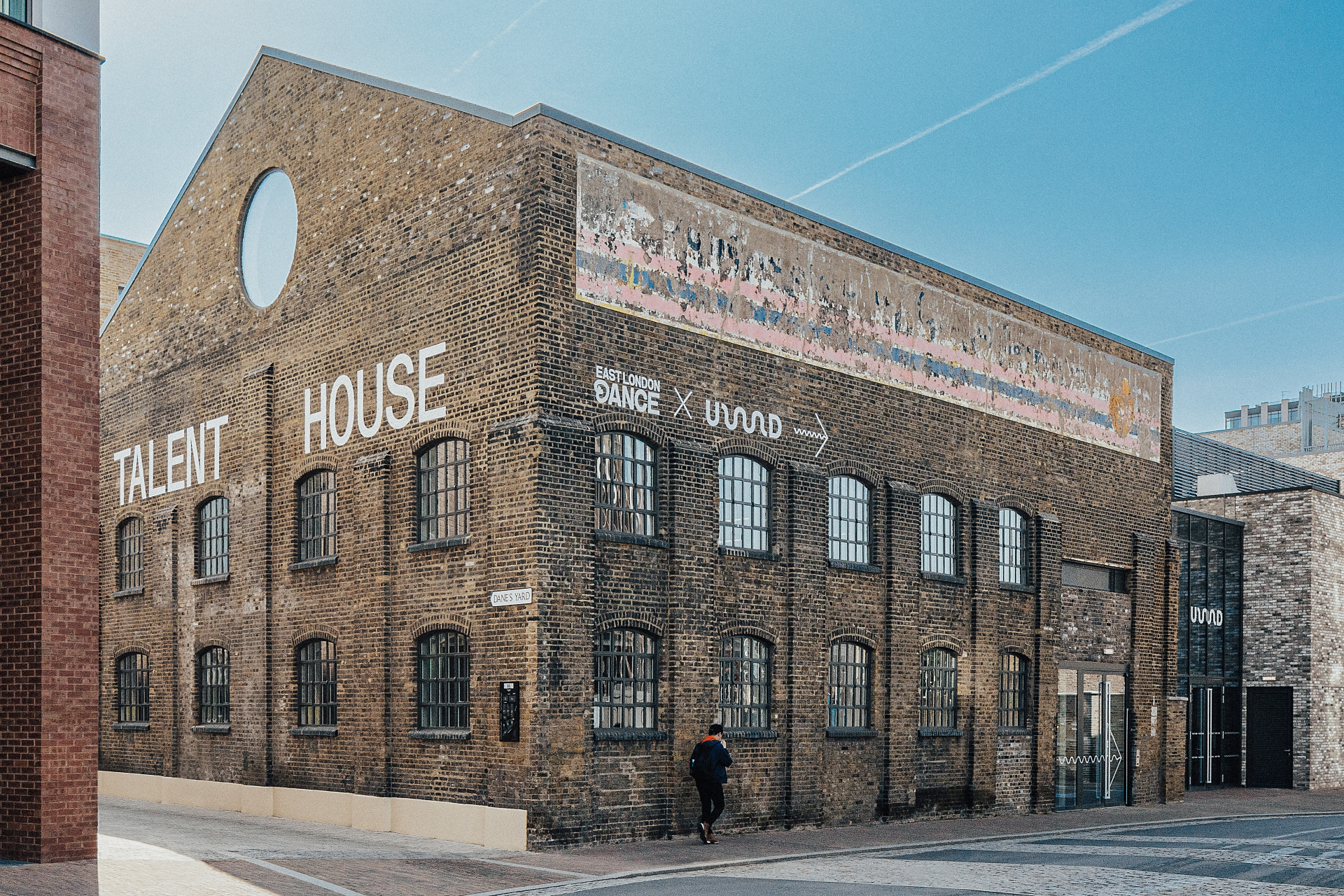 Talent House opens in east London to nurture diverse talent in the arts
Talent House opens in east London to nurture diverse talent in the artsThe Talent House is an enclave for London’s future arts talent
By Josh Fenton
-
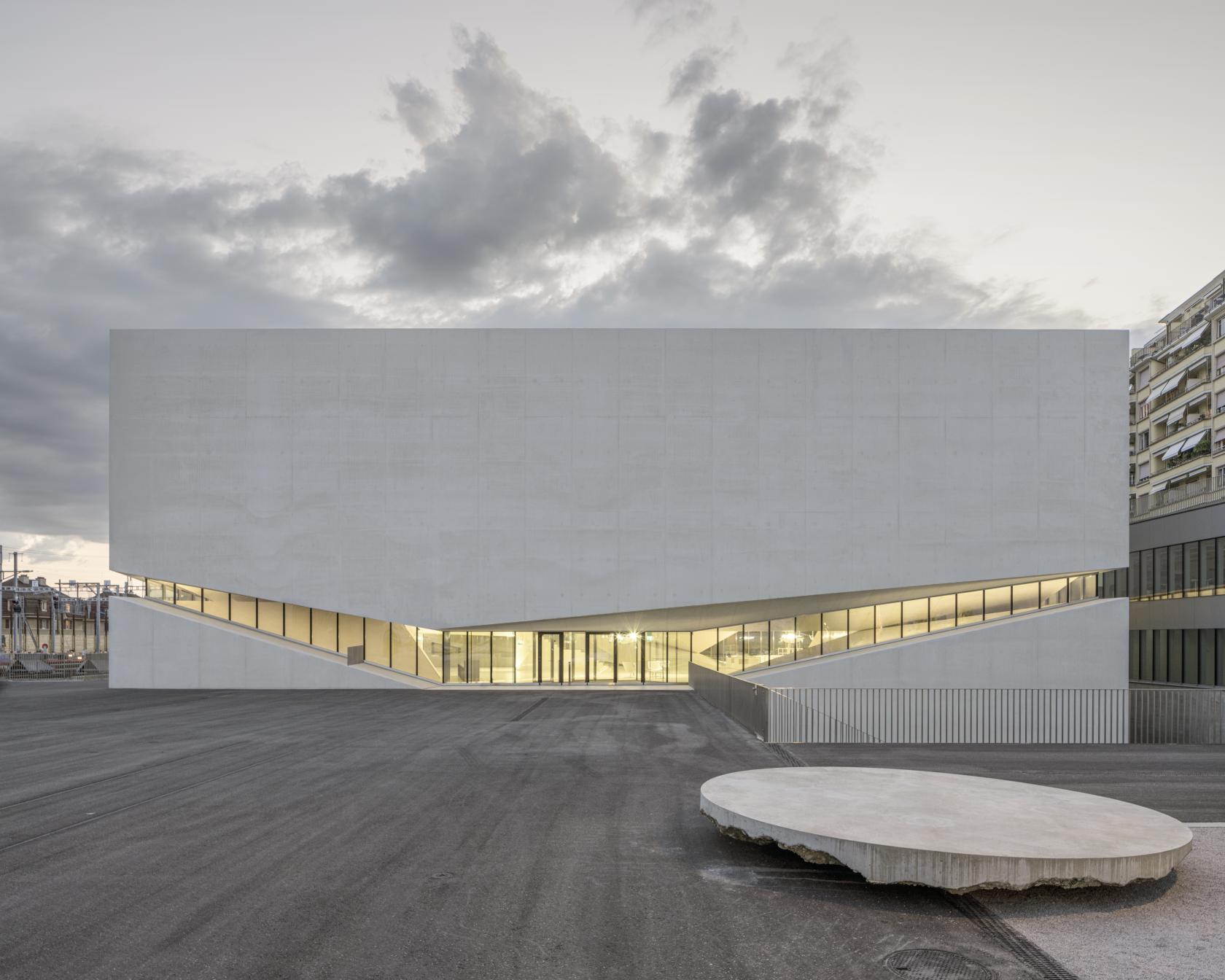 Twin cultural destination Photo Elysée and Mudac completed in Lausanne
Twin cultural destination Photo Elysée and Mudac completed in LausanneArchitecture studio Aires Mateus completes its building to house Photo Elysée and Mudac in Lausanne, Switzerland
By Ellie Stathaki
-
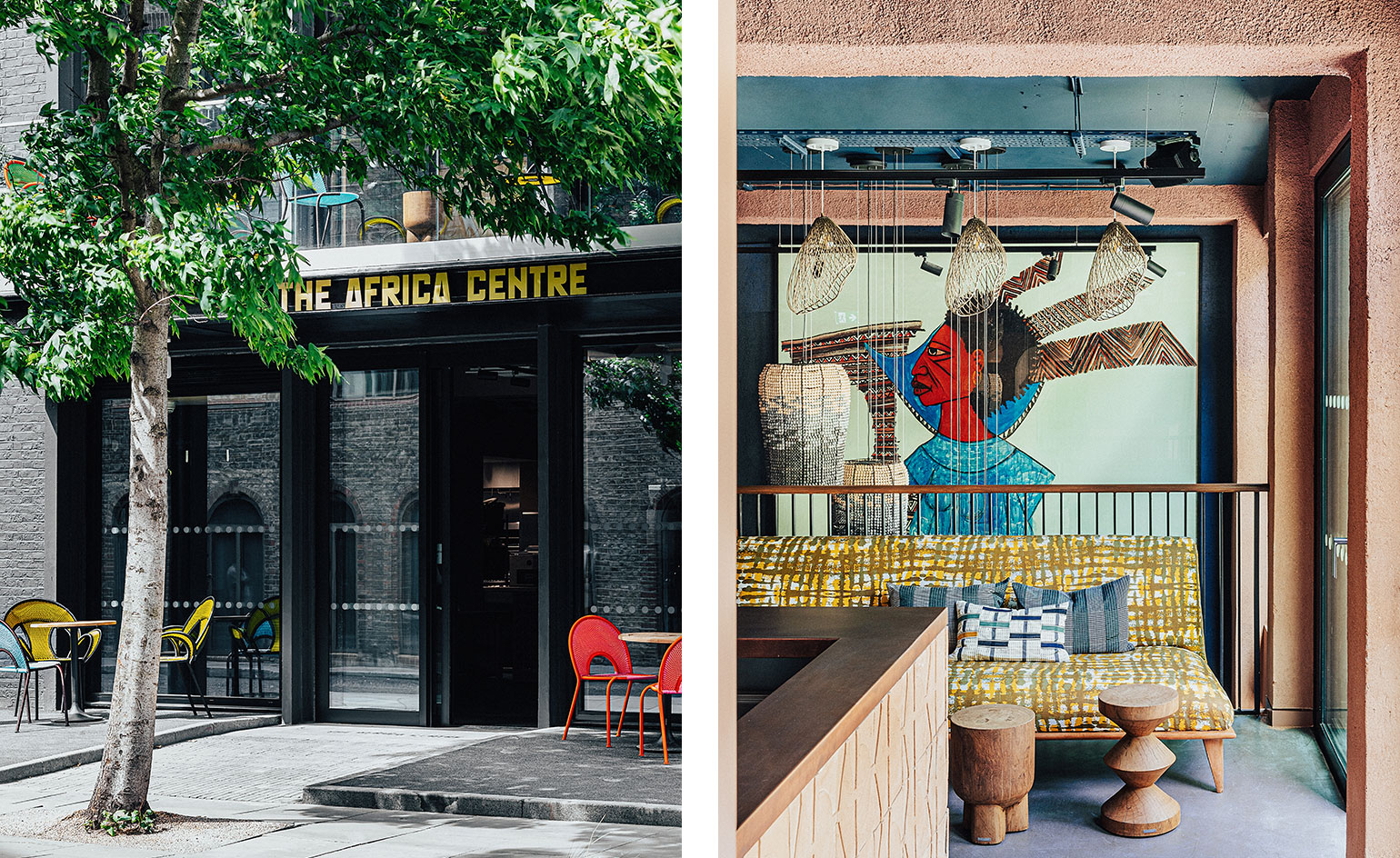 The Africa Centre reopens to celebrate culture and community
The Africa Centre reopens to celebrate culture and communityThe Africa Centre has reopened to a design by London-based architecture studio Freehaus, and is ready to support community and cultural exchange from its new Southwark home
By Ellie Stathaki
-
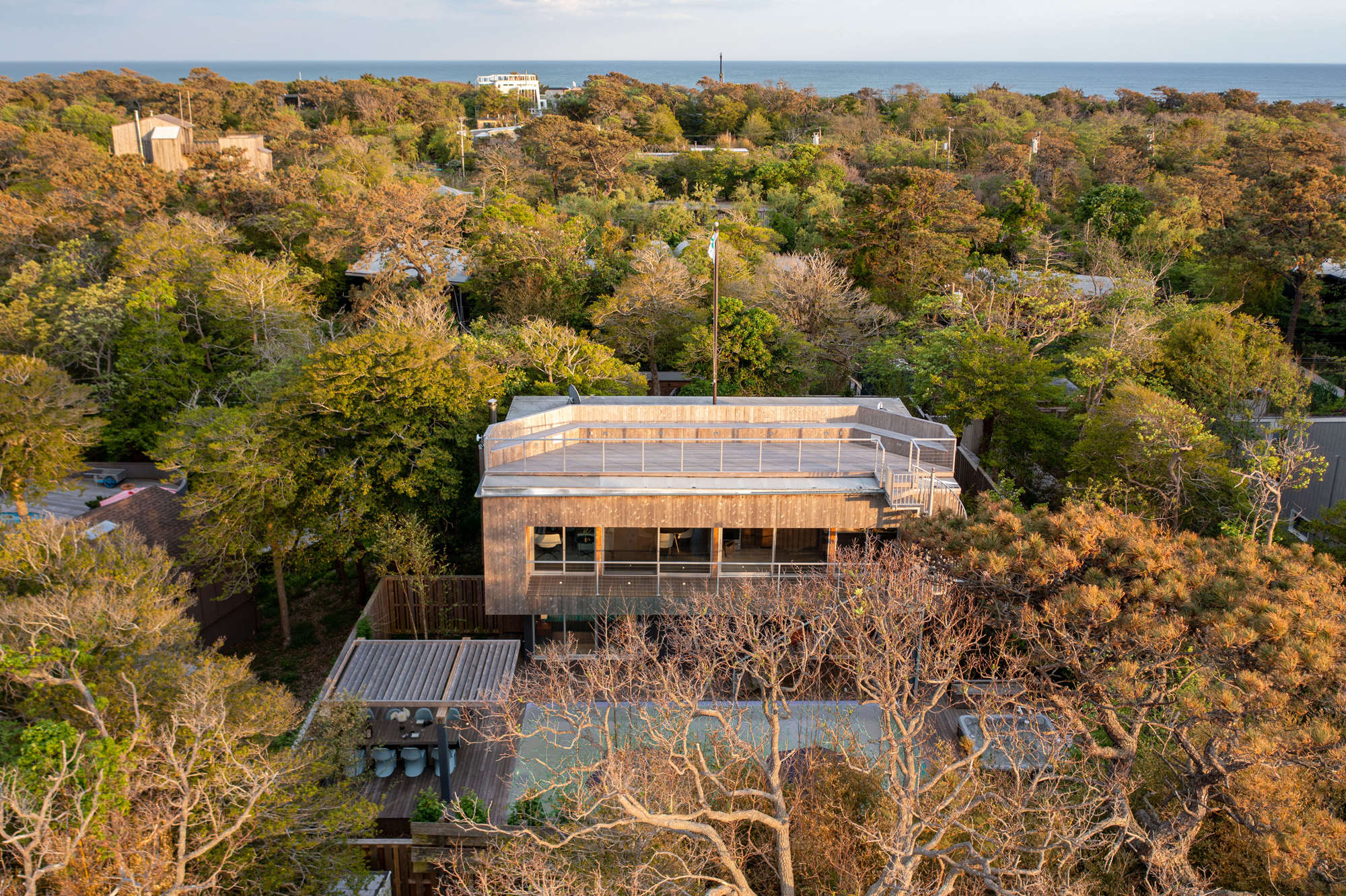 Rawlins Design breathes new life into midcentury Fire Island House
Rawlins Design breathes new life into midcentury Fire Island HouseRawlins Design respectfully remodels a midcentury gem on New York’s Fire Island, a 1969 house originally designed by architect Harry Bates
By Alfredo Mineo
-
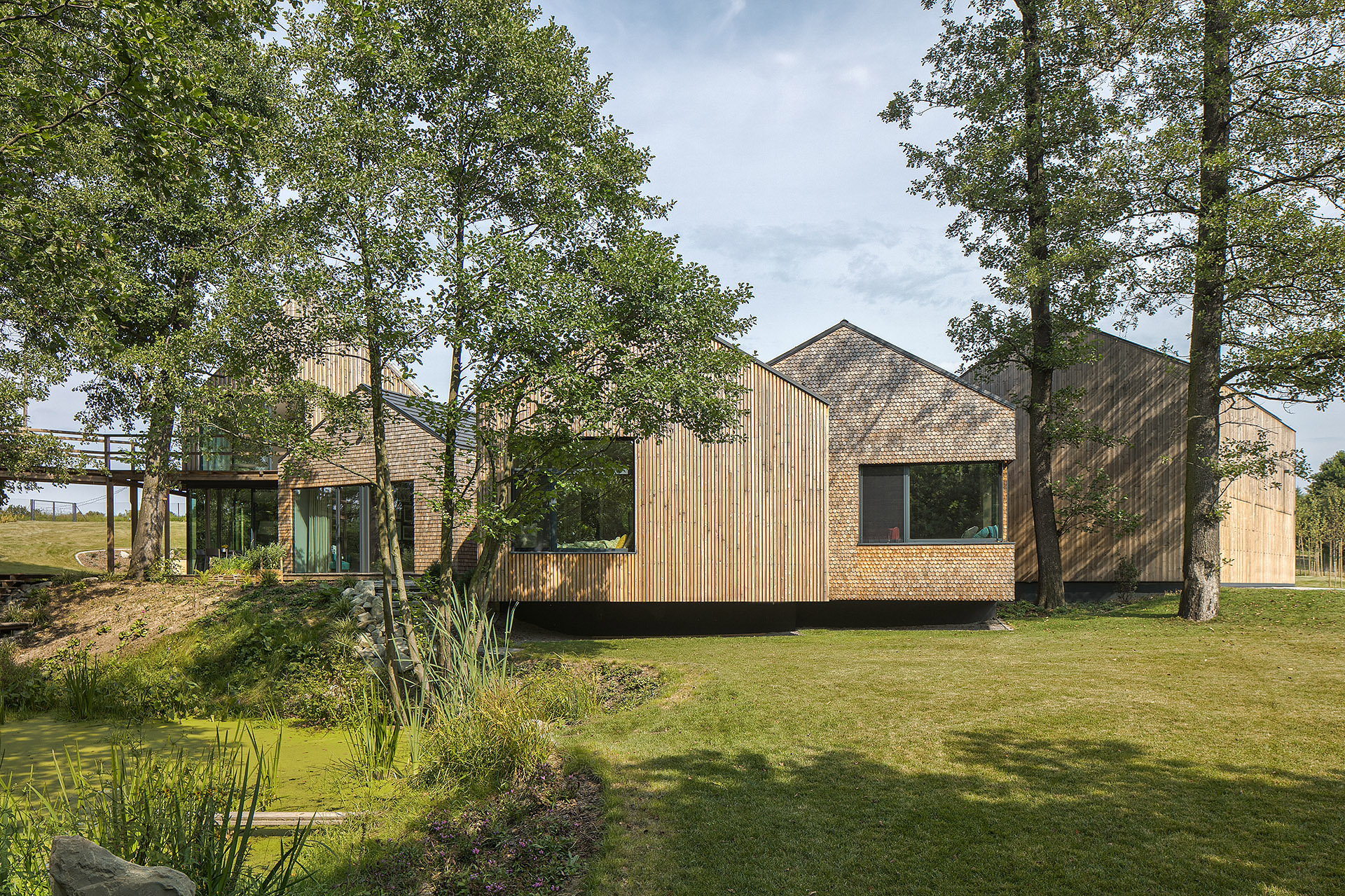 Escape to the country with this contemporary Polish farmhouse
Escape to the country with this contemporary Polish farmhouseBXB studio head Bogusław Barnaś and his team transform a Polish farmhouse into a 21st century rural home
By Ellie Stathaki